Modern powder solves important problems - fixes makeup, mattifies the skin and corrects its tone. Read about other benefits of powder in the next beauty cheat sheet.
it will take 12 minutes to read
Text: Makeup.ru editors July 5, 2019
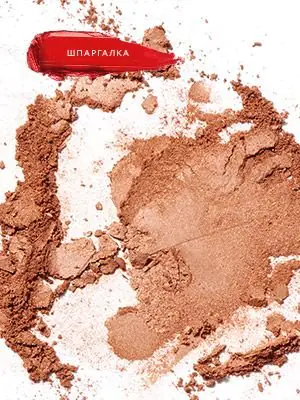
Content:
What does the powder consist of?
The habit of powdering the face appeared thousands of years ago, and for a long time, not the most useful products were used for this purpose: a mixture of lead and chalk, rice starch, rice or wheat flour. Most modern powders are based on talc (one of the softest minerals), and there is no harmful lead in the composition at all; its role is played by zinc oxide. The composition may also include white and red clay, flower oils, moisturizing components and vitamins, which allow the product not only not to clog pores and not provoke inflammation, but, on the contrary, to care for the skin.
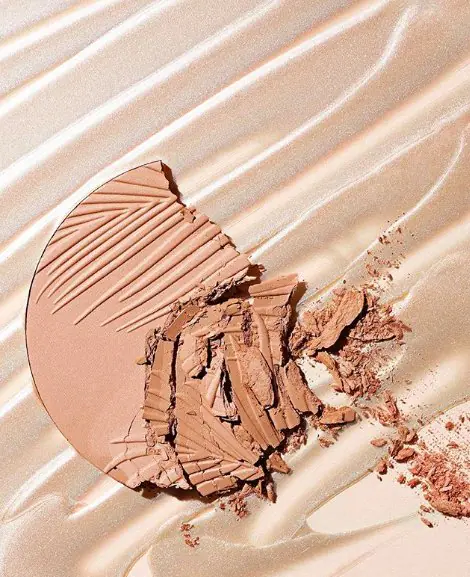
Which is better: powder or foundation?
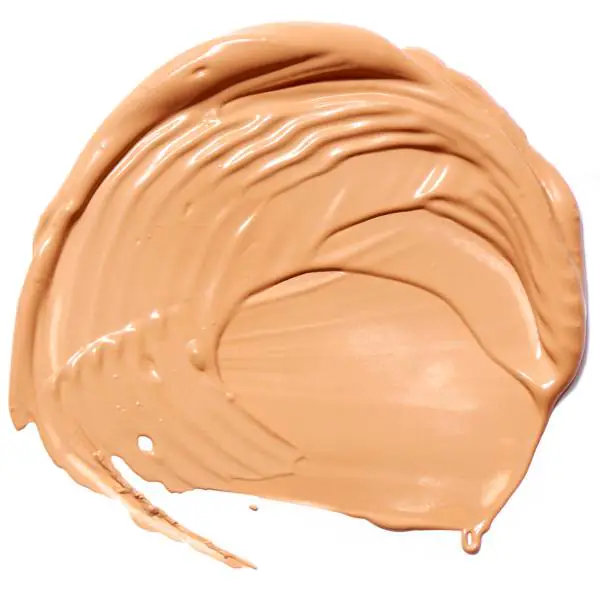
Powder and foundation belong to the same category (actually foundations), but at the same time they have different characteristics and properties. At the same time, there is not and cannot be a clear answer to the question of which is better: under different circumstances, both powder and foundation can be useful.
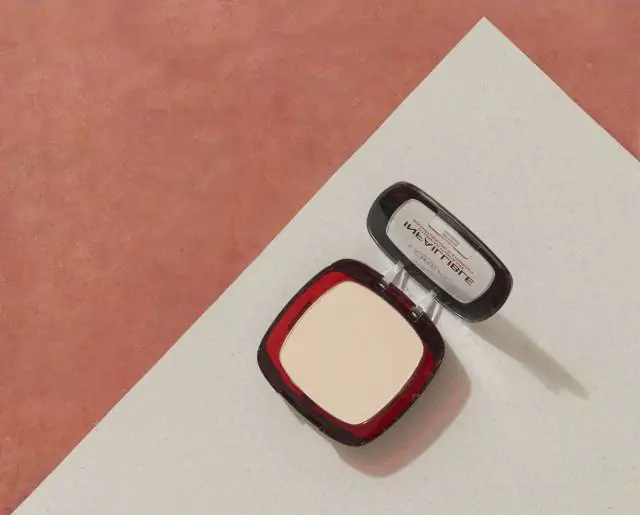
6 main types of face powder
The first image that comes to mind when you mention powder is pressed dry powder in a beautiful package with a mirror. Indeed, compact powders are the most popular, but far from the only ones. Let's talk about each type of face powder in more detail.
Compact powder
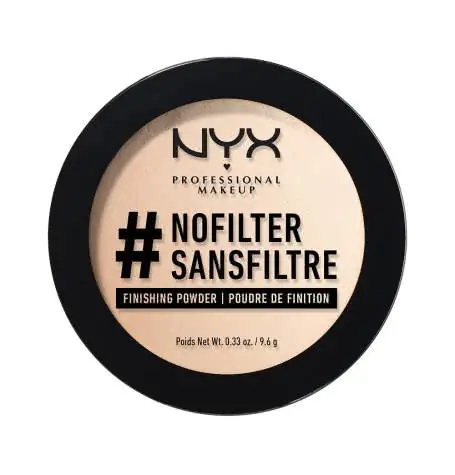
The same powder with a mirror and a puff (or sponge) that will definitely be found in any woman’s bag, backpack or evening clutch.
- It can be used both to create daytime makeup (on its own or in combination with foundation) and to adjust it throughout the day. Use compact powder to instantly create a more matte look.
- Compact powder can be applied in a denser layer than loose powder (a sponge is suitable for this), or distributed in a translucent layer with a powder puff or a wide fluffy natural bristle brush.
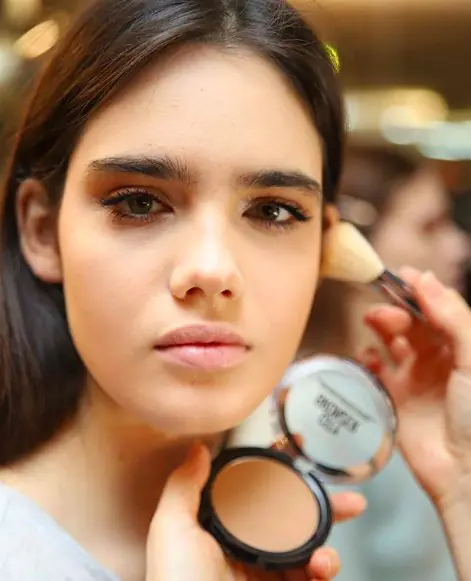
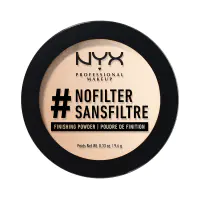
Loose powder
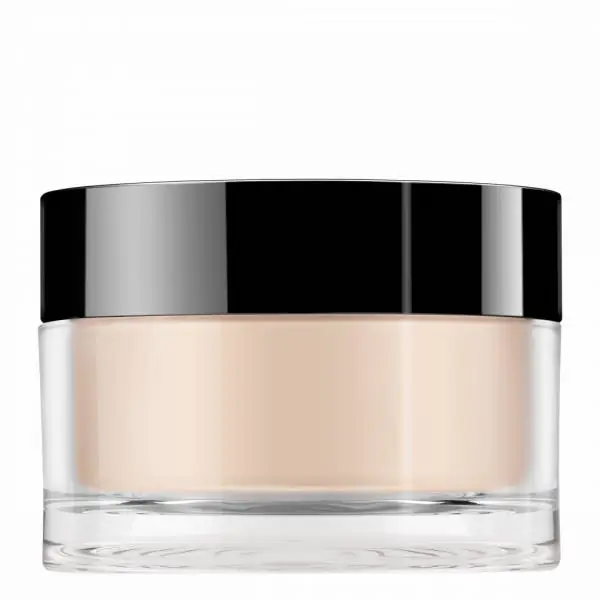
The second most popular type of powder. Loose powder is lighter in texture than compact powder and more reminiscent of finely ground flour.
- It does not cover redness or other skin imperfections; its main task is to mattify the skin and fix the foundation. It is applied in a thin layer over the foundation with a wide brush. Loose powder perfectly removes oily shine and evens out the complexion.
- Correcting makeup with it throughout the day is not so convenient. As a rule, loose powder is produced in large round jars that take up enough space. In addition, a brush is rarely included in the kit.
- There is another reason why it is better to use loose powder at home: when applied, powder particles fly in all directions and can stain clothes.
- Loose powder blends perfectly with the tone and spreads perfectly over the skin, but you should not apply it if the moisturizer or nourishing cream is not completely absorbed: the powder will end up in spots.
- It's almost impossible to overdo it with loose powder, but if you do apply too much, simply sweep over your face with a clean, wide brush. All excess will be removed immediately.
- The shade of loose powder can be either a little darker or a little lighter than your skin tone. Most likely, the difference will not be noticeable on the face, since the product is applied in a translucent layer.
Cream powder
Its properties are more reminiscent of a light cream foundation, but a little denser - so much so that it can be placed in a package of compact powder. Cream powder is also convenient to take with you; you need to apply it with a sponge or, on local areas, with your fingers. This powder has the highest degree of coverage, so in some situations it can even replace foundation. An ideal solution for girls with dry skin for whom regular compact powder is not suitable.
Until recently, loose powder was considered suitable only for theatrical dressing rooms. But progress does not stand still—modern formulas give natural results and solve many skin problems. We tell and prove it - using the example of the best loose powder, according to skin.ru.
- Benefits of loose powder
- Types of loose powder
- How to choose loose powder
- How to use loose powder
- Selecting a shade
- Product overview
Benefits of loose powder
Beautiful boxes with powder puffs are most often given pride of place on the dressing table - no matter how thoughtful the packaging is, it is inconvenient to carry loose powder in a bag. But this does not detract from her merits.
The texture of loose powder is much lighter than that of compact powder, which means that it does not cause discomfort on the skin.
Fine particles absorb excess sebum without drying out the skin.
The risk of applying too much product is minimized.
The powder fits well on the skin, literally merging with its tone, adds radiance and perfectly fixes makeup.
Unlike compact powder, loose powder lasts longer and does not fall off during the day.
Apply loose powder with a powder puff or wide fluffy brush © iStock
Types of loose powder
If you thought this traditional product didn't offer variety, you were wrong.
Bronzing
This powder performs three functions at once:
provides a tanning effect;
serves as a means for sculpting;
can replace blush.
Bronzing powder should be used carefully, especially for girls with fair skin. Apply a minimum amount of product to your brush and blend it thoroughly - otherwise your makeup will look unnatural.
Transparent
Ideal for fixing makeup. The composition includes quartz powder, which mattifies and visually evens out the skin texture. However, you should not rely on the masking effect of transparent powder - it will not hide pimples, blackheads and enlarged pores.
Shining
Mineral
In beauty clinics, after chemical peels, deep cleansing and laser procedures, they recommend using loose mineral powder to relieve inflammation and redness. It will also be useful for girls with very sensitive skin.
Loose powder is suitable for any skin type. © iStock
How to choose loose powder
The powder will meet all your expectations if you focus on your skin type when purchasing.
Dry and sensitive. Loose powder, 100% mineral, will hide redness and flaking, even if applied in a thin layer.
Fat. Mineral-based mattifying powder will make enlarged pores invisible and remove excess shine.
Normal. Any loose powder will do. The main thing is to choose the right tone that matches your skin color.
How to use loose powder
To make loose powder look natural on your face, remember the rules for applying it and stock up on good makeup brushes.
After cleansing the skin, apply moisturizer to your face and let it absorb properly (this will take 15-20 minutes).
Place a small amount of powder on the brush, then invert it and tap the base on the lid of the compact to tap off excess product.
Distribute the powder over your face in a circular motion: from the center to the periphery.
Blend the product until you get an even tone.
Lightly move your brush over your cheekbones, hairline, and chin contour.
Loose powder has a pleasant texture and is comfortable to apply © iStock
Selecting a shade
Loose powder comes in different shades: transparent, beige, peach, pink. The main rule that you should not forget about is to choose a color that is a tone lighter than your skin.
Transparent powder is suitable for a matte finish.
Girls with pale porcelain skin will benefit from powder with a pink undertone - it refreshes the face.
Those with dark skin need powder with beige or yellowish pigments.
The tanning effect is created by bronzing powder.
Peach-toned powder looks good on fair skin.
Review of loose powders
The best loose powder, according to skin.ru, was produced by the brands Giorgio Armani and Yves Saint Laurent.
Loose powder Souffle D’Éclat Poudre Libre Translucide, Yves Saint Laurent with pearl microparticles gives the skin a natural glow - a weightless veil fixes makeup, providing a flawless finish. Suitable for any skin type, including dry and sensitive.
Loose Powder, Giorgio Armani eliminates oily shine and hides imperfections. Micro-fil reflective microparticles even out skin tone and provide it with a slight glow.

For most women, powder serves as an invariable component of everyday makeup, able to even out the complexion and hide skin imperfections. However, the wrong choice will lead to completely the opposite effect - it will highlight the slightest flaws, so you should take the purchase of powder seriously.
Criteria for choosing a good powder
- Powder texture can be liquid, powder, compressed or ball-shaped. Compact powder is denser, so its mattifying and concealing effect is ideal for oily skin types. The crumbly version is most often light and transparent; it serves only to fix makeup.
- Hue The amount of powder you use will depend primarily on your complexion. For this reason, most manufacturers have several tones in their range. You can find out how well the chosen shade suits your skin by checking the back of your hand.
- Shimmering particles (shimmers), which give the skin a subtle glow, are present mainly in roll-on and loose powder.
Which powder is better to avoid?
Of course, when choosing powder, the individual characteristics of your facial skin play a major role. However, some nuances should be taken into account so that the new acquisition does not turn out to be a disappointment.
- You should not buy powder that perfectly matches your skin tone; it is better to buy a tone lighter. Remember that powder usually makes your natural complexion a little darker.
- When choosing “loose powder”, avoid powder that does not have a strainer in the block. Otherwise, it will be difficult to apply it on the face in an even, light layer, and there is a high probability of accidentally spilling the contents.
- If you prefer compact powder, you should not take those types that do not have a mirror. Of course, this is not an essential criterion, but compact powder is a mobile option, and a mirror is a must.
- Don’t buy powder with a short expiration date, otherwise you simply won’t have time to use it up.
The best powders that were popular in 2017-2018 are in our rating, compiled according to customer reviews and according to experts.



